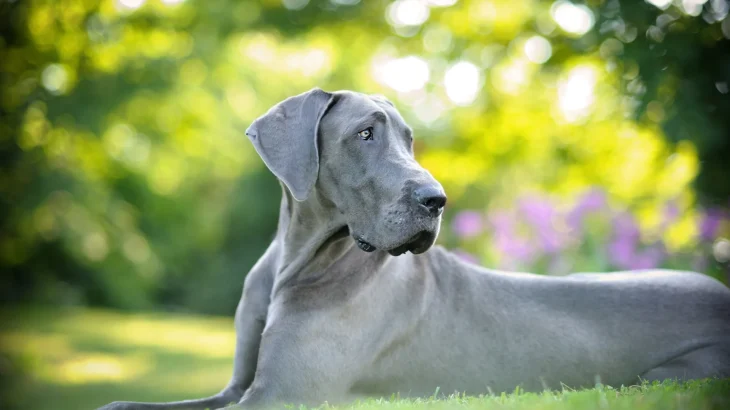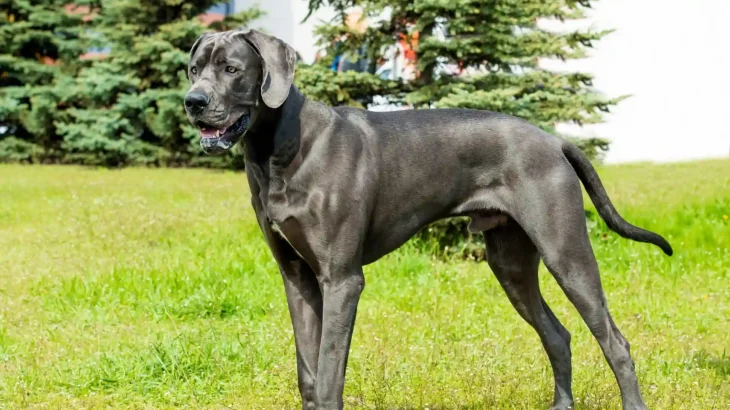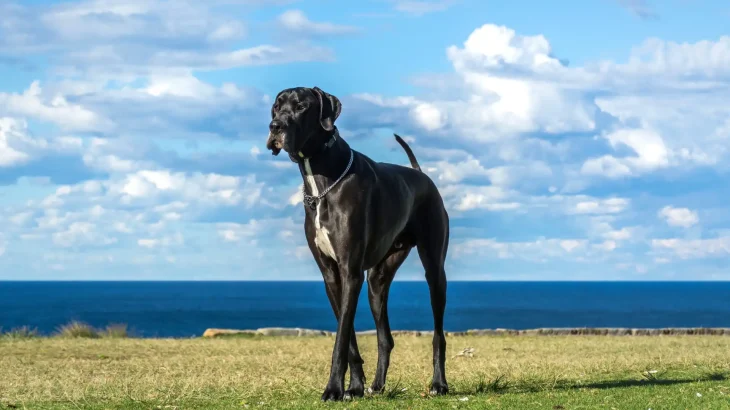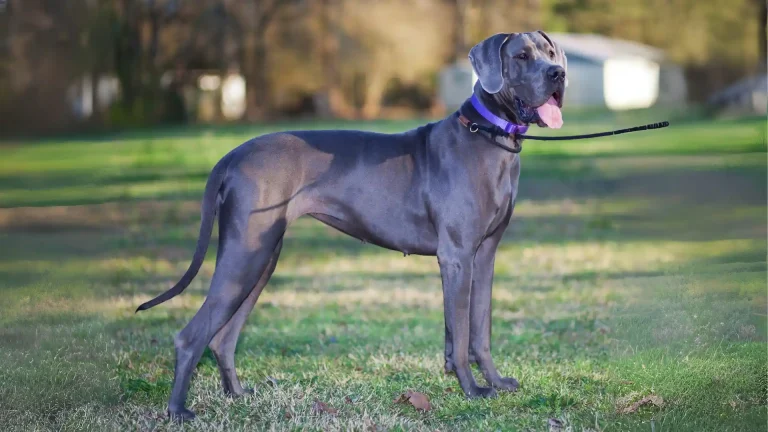Deciding whether to adopt or purchase a Great Dane puppy depends on your priorities like cost, health transparency, and ethics. Adoption often offers a more affordable and compassionate choice, sometimes including puppies, while buying from a breeder might provide clearer health history and pedigree. Both ways can bring a wonderful companion into your home with unique benefits.
Adoption vs. Breeder: Pros & Cons
| Criteria | Buying from Breeder | Adopting from Shelter/Rescue |
|---|---|---|
| Cost | Usually higher, often thousands due to breed purity and care. | Lower fees, generally more affordable. |
| Health History | Detailed screenings and genetic tests often provided. | Health history may be limited; basic checks usually done. |
| Age Availability | Mostly puppies, allowing early training and bonding. | Varied ages including puppies and adults; rescues may have puppies. |
| Temperament Insight | Breeders can share lineage-related behavior info. | Rescue staff provide behavior observations; background varies. |
| Supporting Practices | Supports breeding programs; important to choose responsible breeders to avoid puppy mills. | Supports animal welfare by saving dogs and reducing overpopulation. |
| Ethical Considerations | Risk of unethical breeding if not careful; verify breeder reputation. | Helps save dogs from shelter euthanasia or long confinement. |




















































